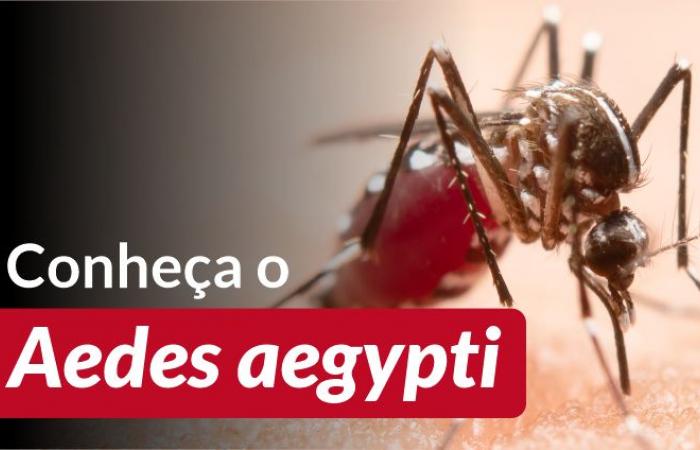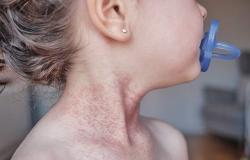
Workers at the Carreiros campus undergo training to prevent the spread of the insect
The FURG Health Care Directorate (DAS/Progep) warns the population about precautions against Aedes aegypti, the mosquito that transmits dengue and urban yellow fever.
Related News
“It is important to emphasize that we are all responsible for preventing mosquitoes. We must be aware of possible breeding sites, whether in our home, work, place of social interaction. It is important to interrupt the mosquito’s life cycle so that, reducing the number of mosquitoes circulating Aedes, we have the possibility of reducing the spread of the disease, as it is the transmitter of dengue, chikungunya and zika”, says nurse Carmen Dominguez, Health Promotion coordinator at DAS. “At the Carreiros campus, we are carrying out training with workers so that everyone understands the importance of being observant, and we can act in places that may be ideal for mosquito proliferation, putting an end to possible breeding sites.”
Originally from Africa, Aedes aegypti is a domestic mosquito that lives in or around homes or other places frequented by people. It has preferentially diurnal habits and feeds on human blood, especially at dawn and dusk. Smaller than common mosquitoes, it is black, with streaks forming a small design similar to a cup on the thorax, and white stripes on the head and legs. Its wings are translucent and the noise it produces is practically inaudible to humans.
Each mosquito lives, on average, for around 30 days and the female lays between 150 and 200 eggs. If they are laid by a female infected with the dengue virus, when they complete their evolutionary cycle, they will transmit the disease.
The eggs are not laid in water, but millimeters above its surface, mainly in artificial containers. When it rains, the water level rises and comes into contact with the eggs, which hatch in just under 30 minutes. In a period that varies between seven and nine days, the larva goes through four stages until it gives rise to a new mosquito: egg, larva, pupa and adult.
Aedes aegypti lays its eggs in containers such as empty cans and bottles, tires, gutters, uncovered water tanks, dishes under potted plants, air conditioning trays or any other object that can store rainwater. The mosquito can also look for natural breeding sites, such as bamboo and holes in trees.
The transmission of dengue, as well as yellow fever, depends on the concentration of mosquitoes: the greater the quantity, the greater the transmission. This concentration is directly related to temperature and the presence of rain: more rain, more mosquitoes.
Tags: Health Care Directorate warns careful denguetransmitting mosquitoes Federal University Rio Grande





